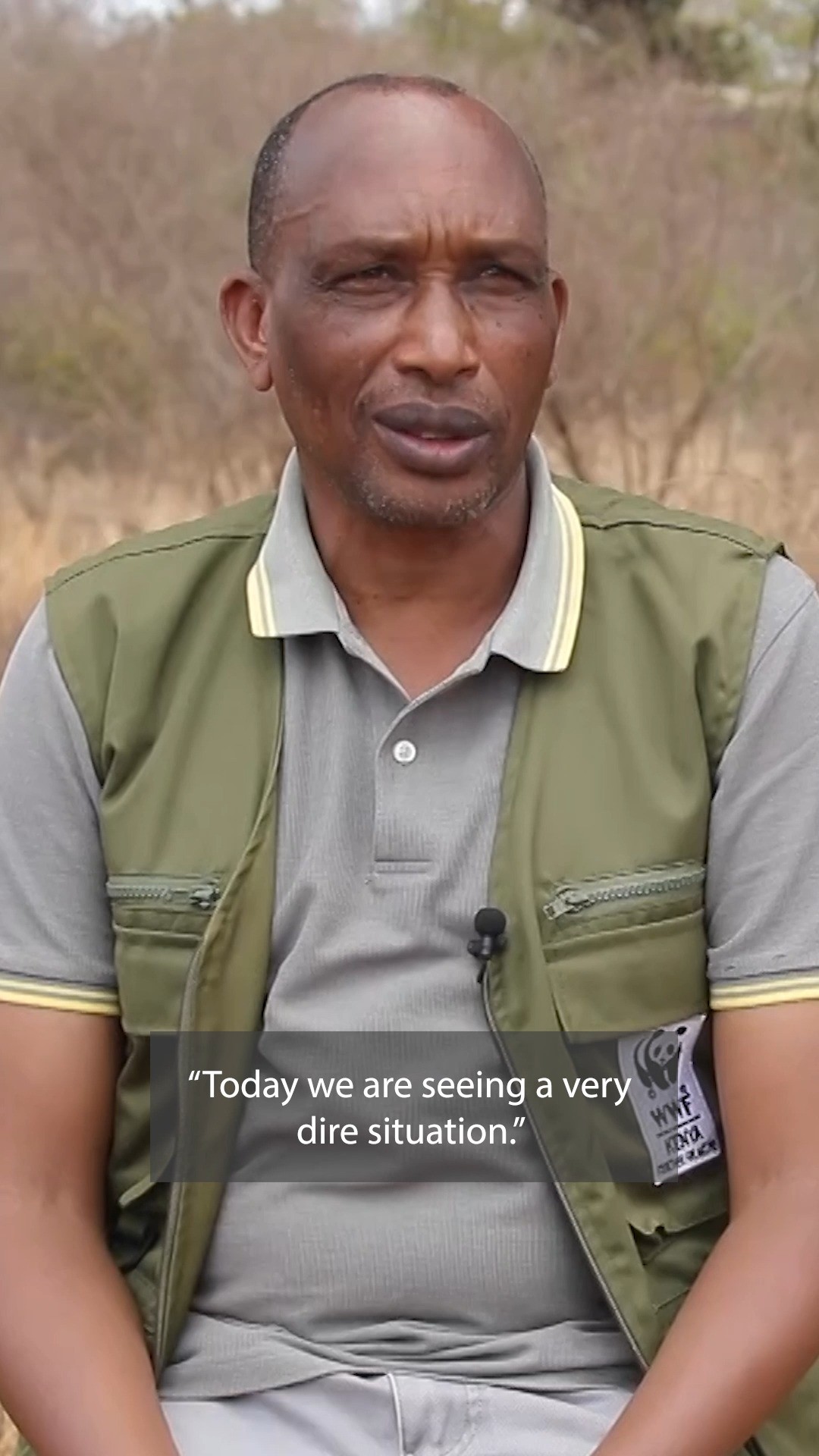- Severe droughts pose significant threats to both human populations and natural ecosystems, exacerbated by climate change and resulting in extended durations of drought periods.
- The 2022 drought in Kenya drastically impacted human communities, livestock, and wildlife, highlighting the interconnectedness of these systems and their reliance on water resources.
- The drought put particular pressure on Kenya’s elephant population, with concerns over potential generational loss due to diminished water and food resources.
- Immediate and sustained climate actions are essential to mitigate such crises and protect vulnerable ecosystems and communities.
- Wildlife conservation efforts in Kenya, including those led by organizations like WWF, are critical in addressing the multifaceted challenges posed by climate-induced droughts.
Severe droughts are becoming increasingly prevalent global phenomena, dramatically altering the lives of countless people and affecting ecological systems worldwide. Driven largely by climate change, these droughts are not only more frequent but also last significantly longer, causing extensive damage to both human populations and natural habitats. In 2022, Kenya experienced such a drought that underscored the dire consequences of water scarcity, affecting everything from agriculture to wildlife, with the situation demanding immediate action to protect the country’s ecological balance and its inhabitants.
The drought in Kenya laid bare the vulnerabilities of human communities, particularly those dependent on agriculture and livestock. Small-scale farmers and pastoralists found themselves facing plummeting agricultural yield and diminishing water resources. Without sufficient rain, crops failed, leading to food shortages and heightened food insecurity across the region. Livestock, which serves as a crucial element of the rural economy and livelihood, suffered from malnutrition and dehydration, significantly increasing mortality rates and reducing the capacity of households to sustain their income and wellbeing. Consequently, the human element of Kenya’s 2022 drought illustrated starkly how water shortages can ripple through communities, threatening both direct survival and economic stability.
Compounding the human crisis was the simultaneous impact on Kenya’s diverse wildlife, most notably its elephant population. Elephants, known for their intelligent social structures and significant ecological roles, found themselves in precarious positions as their traditional watering holes dried up and their food supplies dwindled. Elephants are keystone species, meaning they play a critical role in maintaining the structure of the ecosystem. Their movements facilitate seed dispersal, and their foraging habits help to keep ecosystems balanced. The drought reduced the areas where elephants could safely inhabit and forage for food and water. In severe cases, entire elephant herds were at risk of being wiped out, which would not only devastate the natural heritage but also disrupt the intricate ecological networks that elephants support.
The implications of such losses are profound. Elephants contribute to the environment in myriad ways, maintaining grasslands and creating water holes used by other species. Their decline would have a cascading effect on biodiversity, further destabilizing ecosystems already under duress from human encroachment and environmental changes.
Addressing these challenges urgently requires comprehensive climate action. Efforts must focus on both mitigating climate change to prevent future droughts and adapting existing systems to better withstand these events. Environmental policies and practices need to be reimagined and reinforced to ensure sustainable water management that can accommodate both human needs and ecological preservation. Restoring wetlands, implementing irrigation prudent strategies, and incentivizing sustainable agricultural practices are among the necessary measures to foster resilience against climate adversity.
Wildlife conservation is at the heart of this effort, and organizations like WWF play a crucial role in implementing strategic initiatives to combat the adversities brought by droughts. Conservation programs must be designed with foresight, incorporating habitat protection, migration corridor establishment, and community engagement to create harmonious cohabitation between humans and wildlife. Anti-poaching measures, community-based conservation, and education on biodiversity’s importance must advance hand in hand to counteract the pressures on wildlife. In particular, elephant conservation efforts have to increase, focusing on preserving genetic diversity and ensuring habitats remain viable.
The 2022 drought in Kenya serves as a stark reminder of the pressing need for collaborative global action against climate change. Protection of our natural resources and the communities that depend upon them is not only vital for current inhabitants of affected regions, but also for future generations who will bear the brunt of today’s environmental challenges.
Scientific engagement and community-driven initiatives are pivotal in ensuring that the lessons learned from Kenya’s drought lead to lasting systemic changes. Research continues to develop adaptive approaches, ensuring that future crises can be managed with greater efficiency and lessened impact. This includes adopting climate-smart agriculture, enhancing weather prediction capabilities, and developing drought-tolerant crops that can survive adverse conditions. Community education programs become crucial, enabling individuals to understand the significance of wildlife conservation, the role of ecosystems in sustaining life, and the actions they can take to contribute towards a more resilient environment.
Kenya’s experience underscores that the path to mitigating the impacts of climate-fueled droughts involves coordinated efforts, adept policy making, and the empowerment of communities to be active participants in conservation. As the world dwells on the lessons from such events, it highlights the interconnectedness of humans and nature, underscoring why stepping up climate action and environmental stewardship holds paramount importance for the endurance of both people and ecosystems alike.
*****
Source Description
Severe drought is dangerous for people and nature. And they’re made worse by the changes in our climate – lasting longer and longer.
This is the story of what happened in Kenya during such a time. In 2022, a drought in the country threatened the lives of people, their livestock and wildlife to an unprecedented degree. In fact, it threatened to wipe out a generation of elephants.
This crisis demands urgent climate action. Share to help spread the word 💚
@WWF_Kenya


